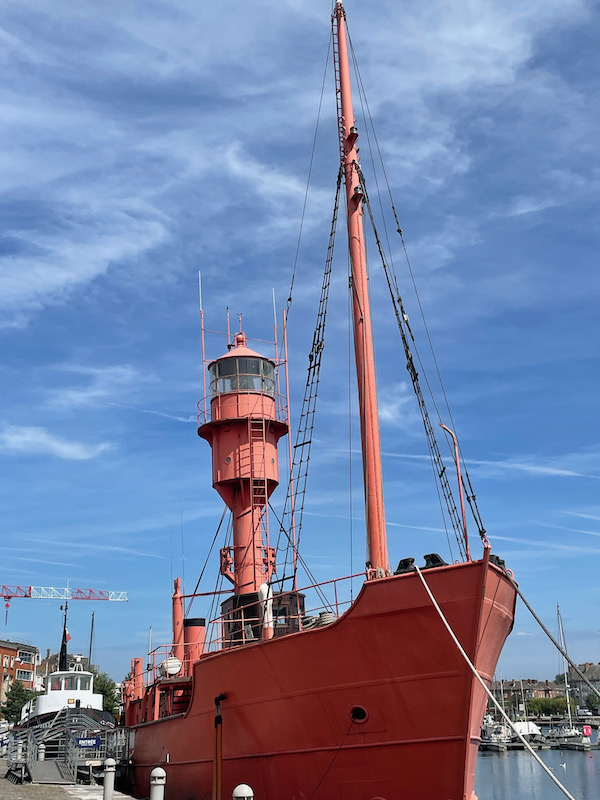Our Blog - Summer 2024 Trip - Dunkirk, France
Originally a small fishing village around the year 800, a church and a wall to surround the town was added around 960. The name means "church in the dunes". Obviously, it was impacted in WWII with the Battle and Siege of Dunkirk (1944) and Operation Dynamo, which evacuated people from Dunkirk to Dover. Over 70% of the city was destroyed during WWII, so there aren't THAT many things to see. The Dunkirk evacuation (Operation Dynamo) was depicted in the 2017 Christopher Nolan movie Dunkirk starring Harry Styles and Tom Hardy (among others). Filming for the movie in Dunkirk took place at the location of the real evacuation, while the street scenes were shot in nearby Malo-les-Bains because most of the buildings in Dunkirk were destroyed in the war.
We first stopped at the beach and dunes to the East of Dunkirk to give Lucy some sand-time. There are some German blockhouses in various states in the dunes and on the beach.
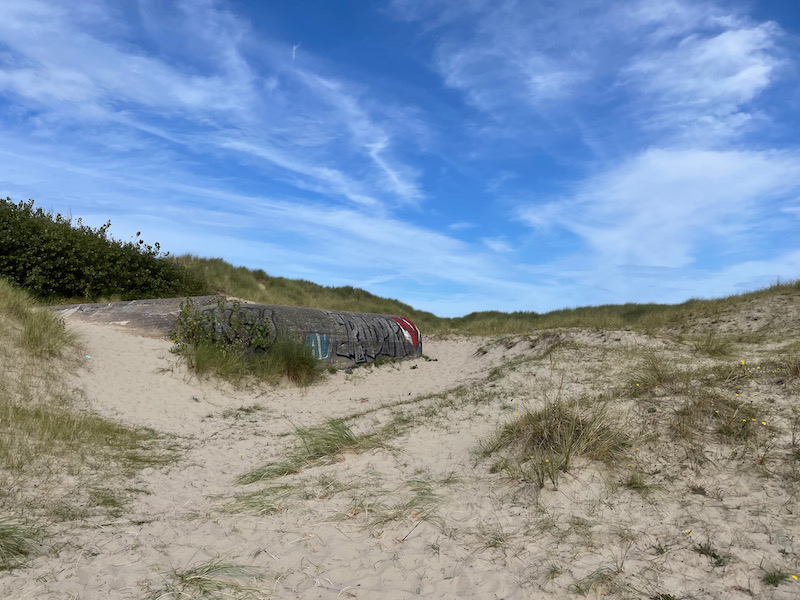
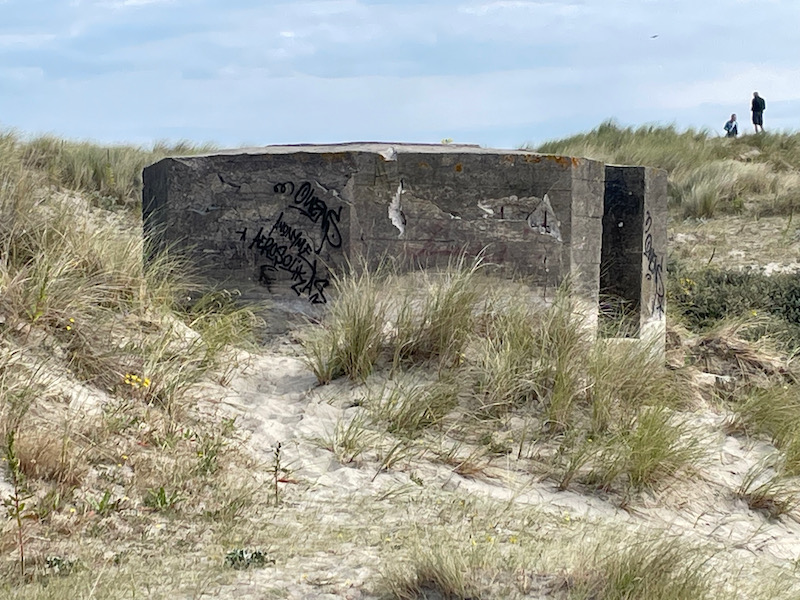
The 15th-century Leughenaer tower was originally a round tower forming part of the Burgundian fortifications of 1406. Its current shape, octagonal, is probably due to its attachment, in 1548, to a small castle. The tower had become too old and had to be rebuilt in 1759 with only the ground floor of the old tower preserved. The small castle was destroyed in 1793, leaving the tower. In 1824, the tower became the 1st lighthouse in Dunkirk and an upper floor was added.
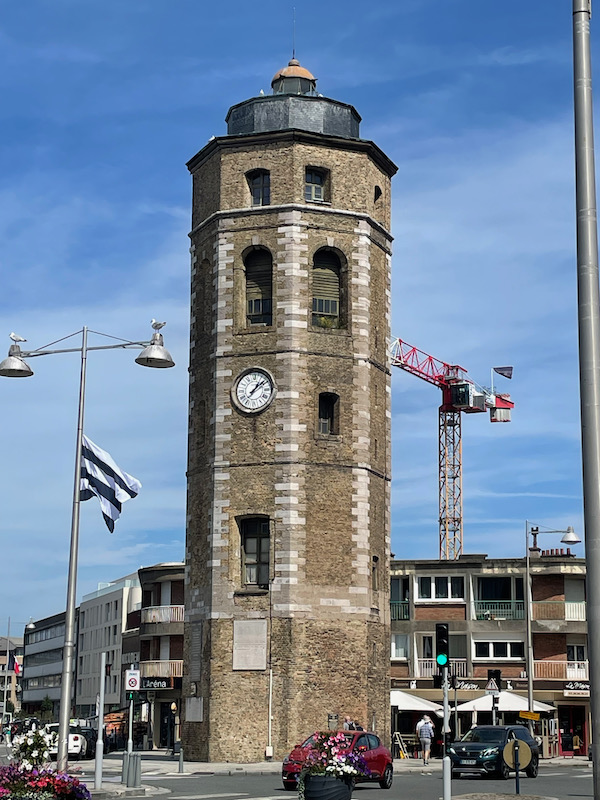
The "Worms et Cie" (Cie means Company) building was built in the early 1920's on the site of a former warehouse on the Quai de la Citadelle. The company is one of the oldest French merchant ship fitting-out companies. It was requisitioned in 1940 by the German general staff, which established its headquarters there, suffering significant damage. It was restored after the war and now houses the offices of a company that specializes in maritime transport.
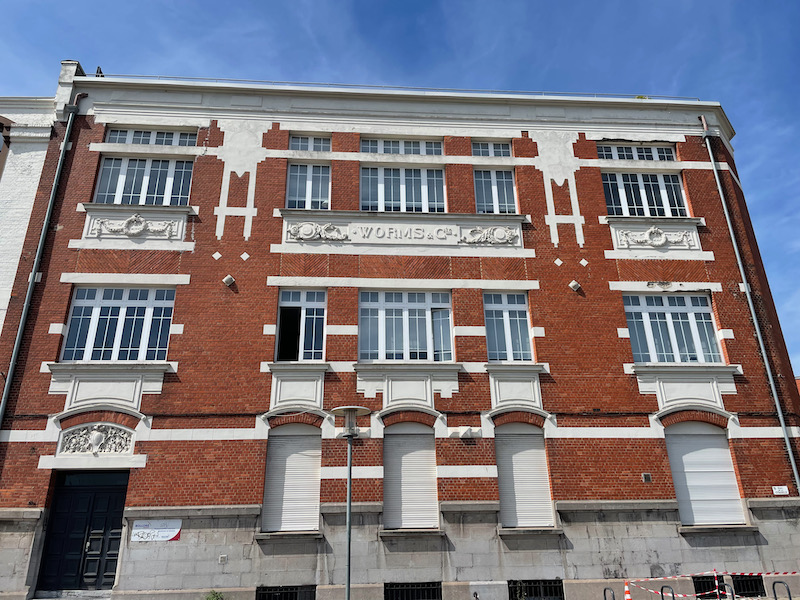
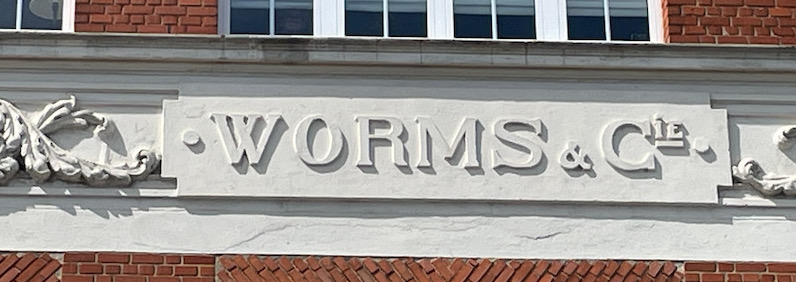
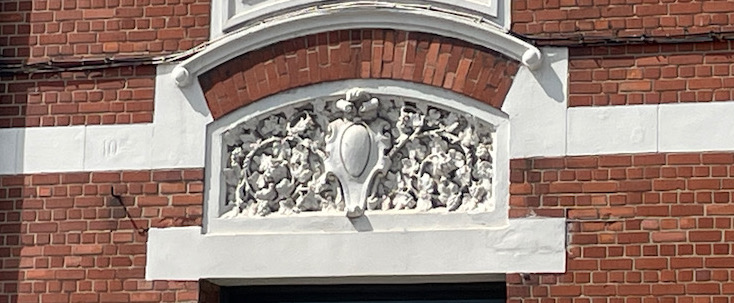
Jean Bart was born in Dunkirk in 1650 and he comes from a seafaring family. Several of his ancestors were vice-admirals for Spain. When he was young, he served in the Dutch navy but when war broke out between France and the Netherlands (when it was called the United Provinces) in 1672, he entered French service. He wasn't able to serve as an officer in the French Navy so he worked for one of the Dunkirk privateers. He caught the attention of King Louis XIV and eventually, was able to receive a command in the French Navy. He is recognized here as a local hero.
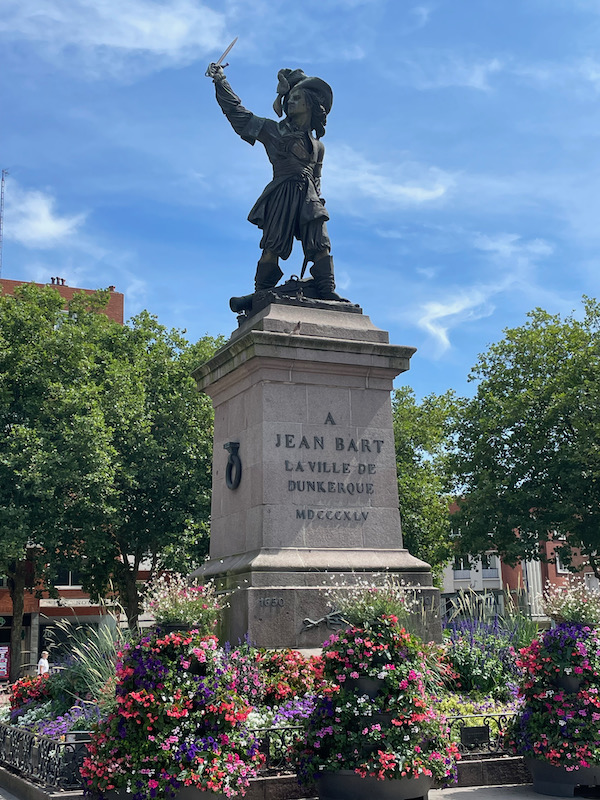
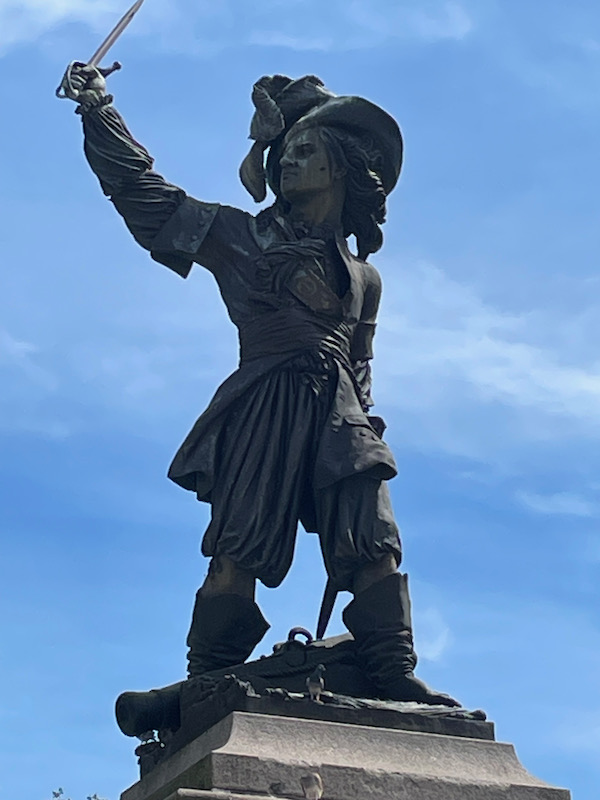
The current Hôtel de Ville de Dunkerque is not the 1st buildig; it stands on the ruins of the previous ones. The 1st lasted from 1233 until 1558, when the town was sacked and the town hall destroyed. Four years later, it was rebuilt on the ruins and was decorated with stained glass windows. But that building was destroyed during a fire in 1642, rebuilt in 1644, and destroyed again in 1896. This time, it was voluntarily, as the city grew in importance, a larger city hall was needed. This new town hall, in neo-Flemish style mixing brick and stone, was built from 1897-1901. Damaged during the two World Wars, it was restored identically each time. A bit of trivia: Tsar Nicholas II of Russia was on-hand for the inauguration, along with President Emile Loubet.
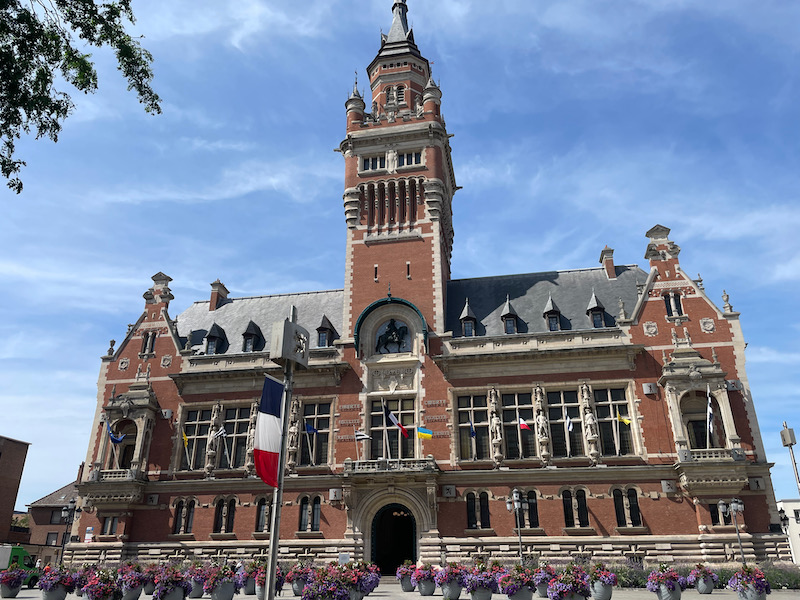
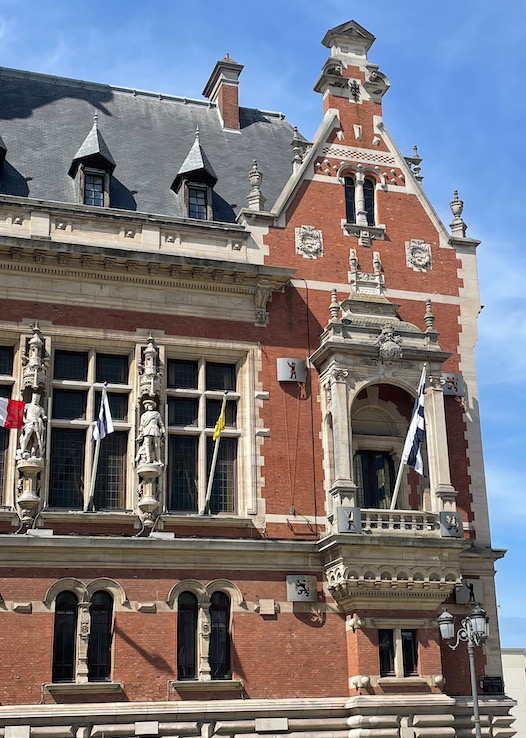
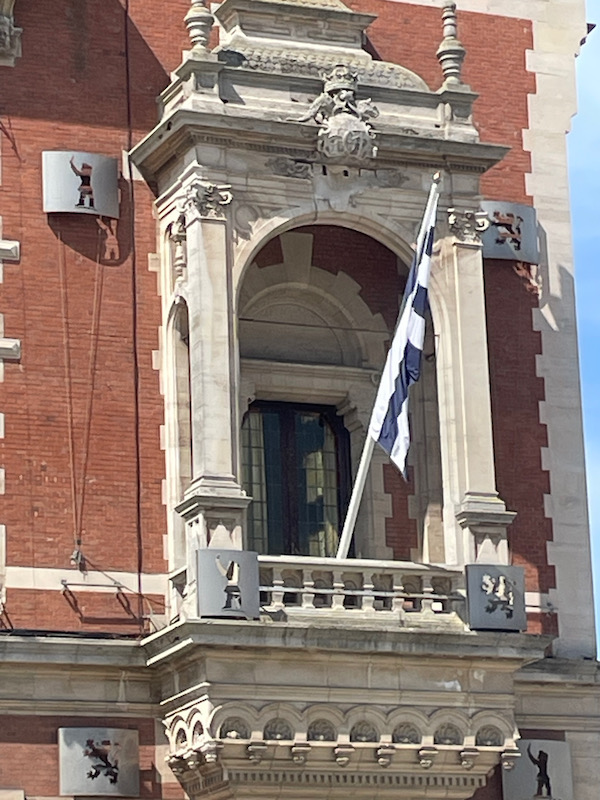
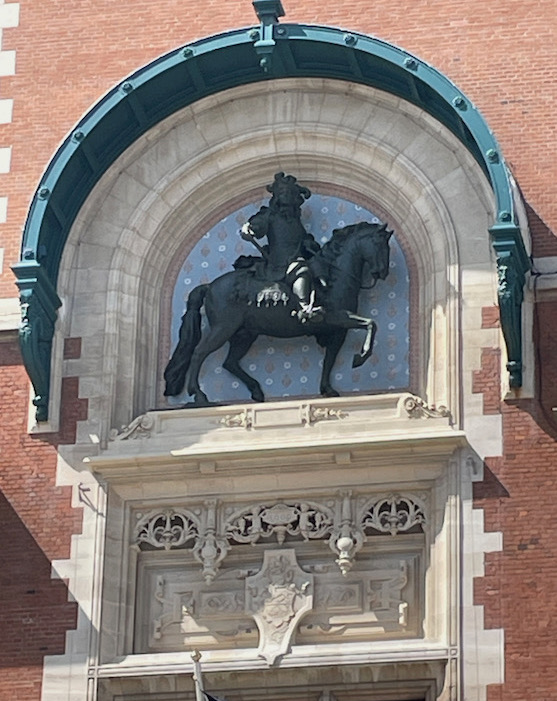
On the façade are statues of 6 men from the history of the city. The 3 that I have pictures of are:
- (left) Local privateer Michel Jacobsen, born in Dunkirk in 1560 when the city was under Spanish rule. He was nicknamed "the sea fox" and was famous for his knowledge of the North Sea. One of his children was the grandmother of Jean Bart (who you saw earlier).
- (middle) Count of Flanders Baldwin III was born in 940 ad was the 1st to have build fortifications (in wood) around the town of Dunkirk in order to prevent pillaging and pirate attacks.
- (right) Rear Admiral Pierre Jean Van Stabel was born here in 1744 and, after various roles in the Navy and as a privateer, he became a Rear Admiral. In 1794 he saved the country from famine, by convoying 170 ships loaded with food from Chesapeake Bay in the US to Brest without any loss.



The Saint-Éloi Church that we see here is the 2nd church, after the first was destroyed in 1558 when the French sacked the town. The bell tower survived (and you will see that next). The original façade was demolished in 1785 and a new classical-style façade was built. But in 1882, the stone was disintegrating and a new façade was built, this time in a neo-Gothic style. Unfortunately for us, it was not open when we arrived.
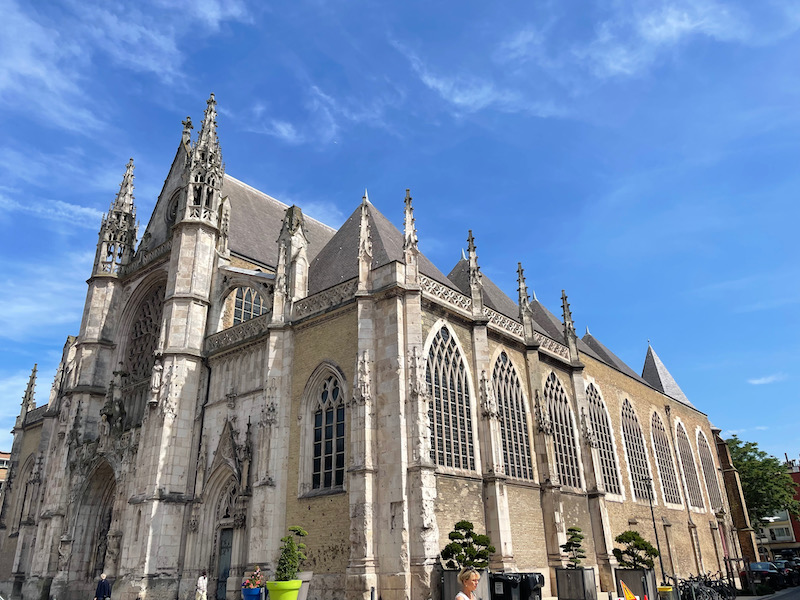
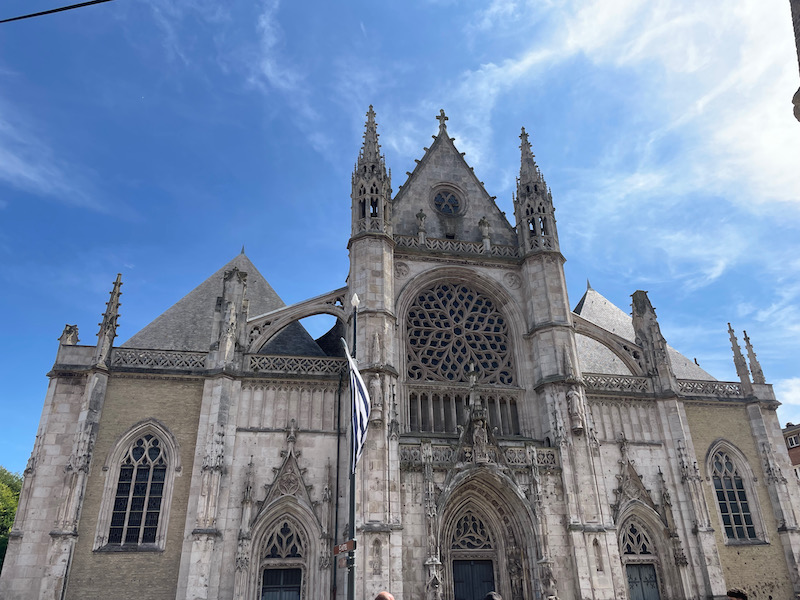
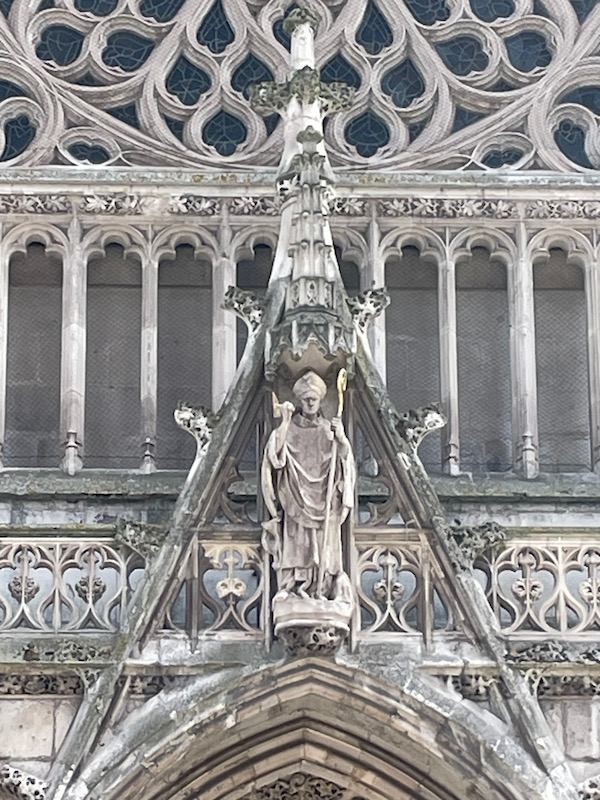
The belfry of Dunkirk is a 15th-century bell tower, built around 1440 on the site of an old watchtower. It is 58-meters high, built of brick in a Gothic style. It was part of the original Saint-Eloi church, which was destroyed in 1558 when the town was sacked by the French, leaving the tower. The church was rebuilt in 1560 (that you just saw) but it was not attached to the tower. There is a war memorial at the base of the belfry that was added after World War I.
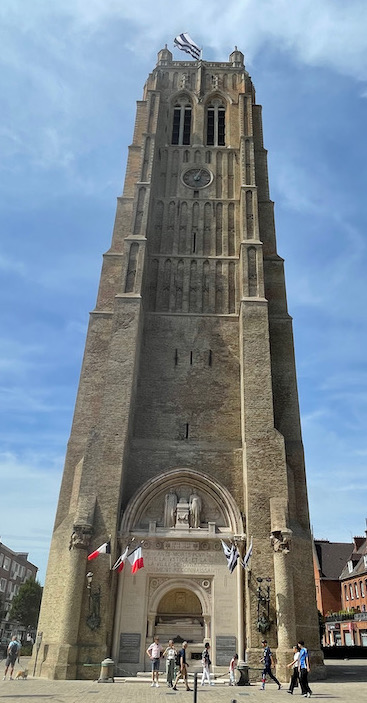
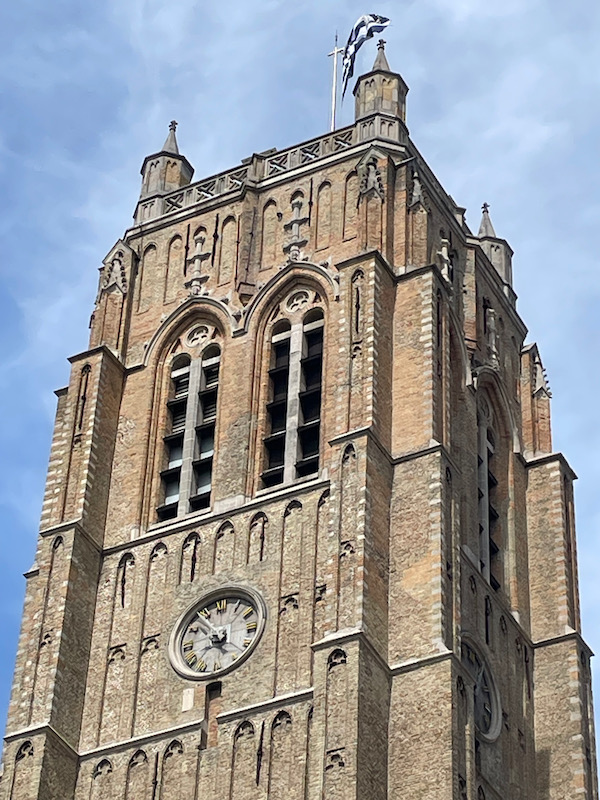
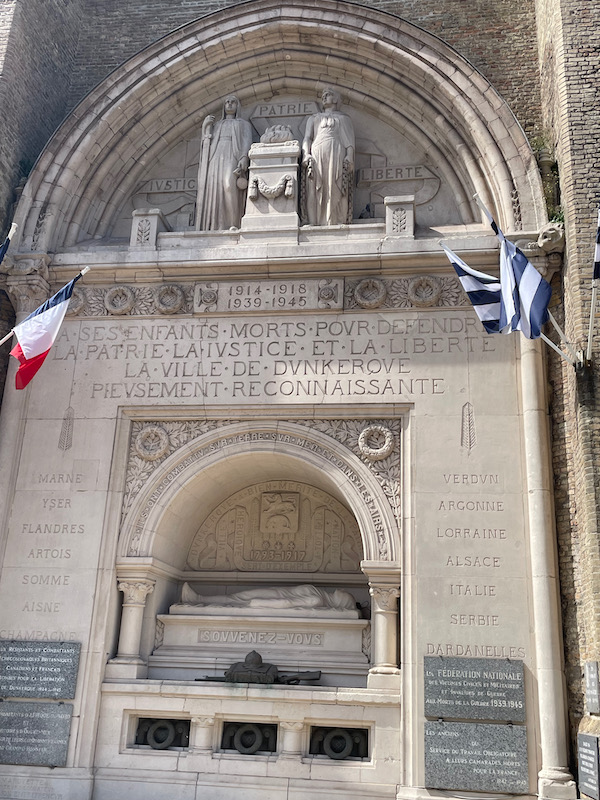
The PS Princess Elizabeth was a passenger paddle steamer which was built in 1927. Named for the then newborn Princess Elizabeth, it originally carried passengers from Southampton and Bournemouth to the Isle of Wight. It was one of the "Little Ships of Dunkirk" that sailed from Dover to assist with the evacuation of Dunkirk. and is now a static floating restaurant in Dunkirk.
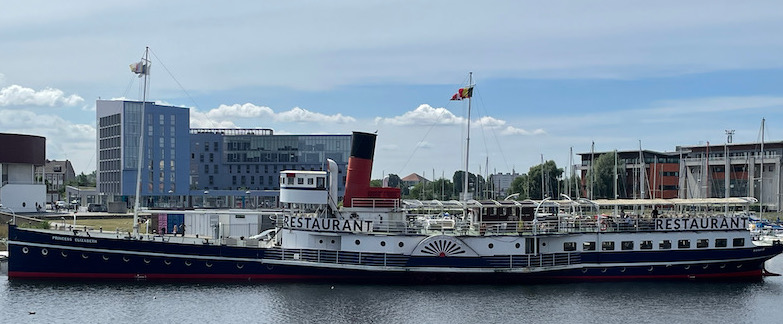
The Sandettié is the last French lightboat (think lighthouse on a boat) put into service. It was built in 1947, is one of 4 lightboats still visible in France and the only one that can be visited. The light covered 25 nautical miles and basically would "sit" at a sand bank.
